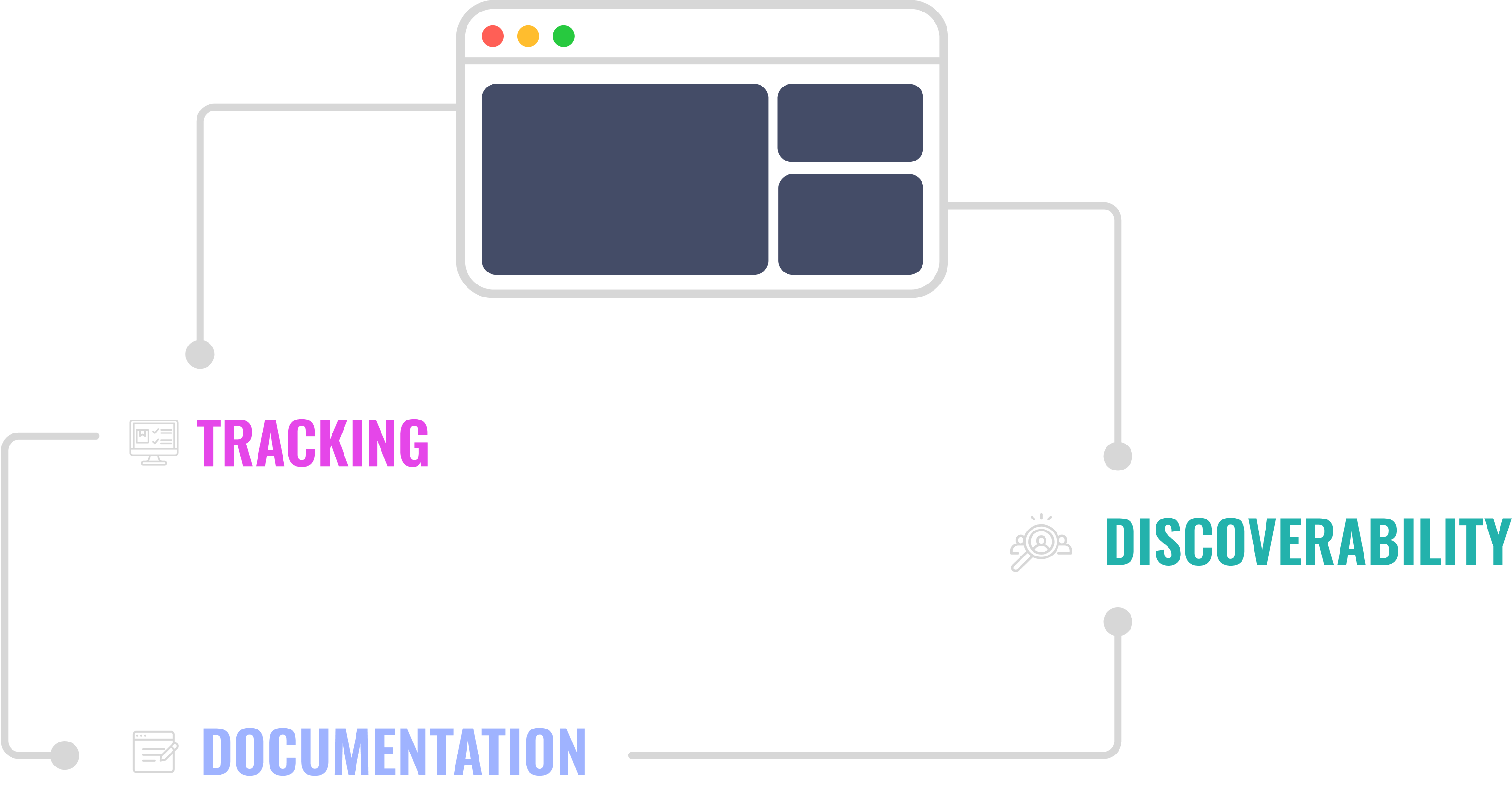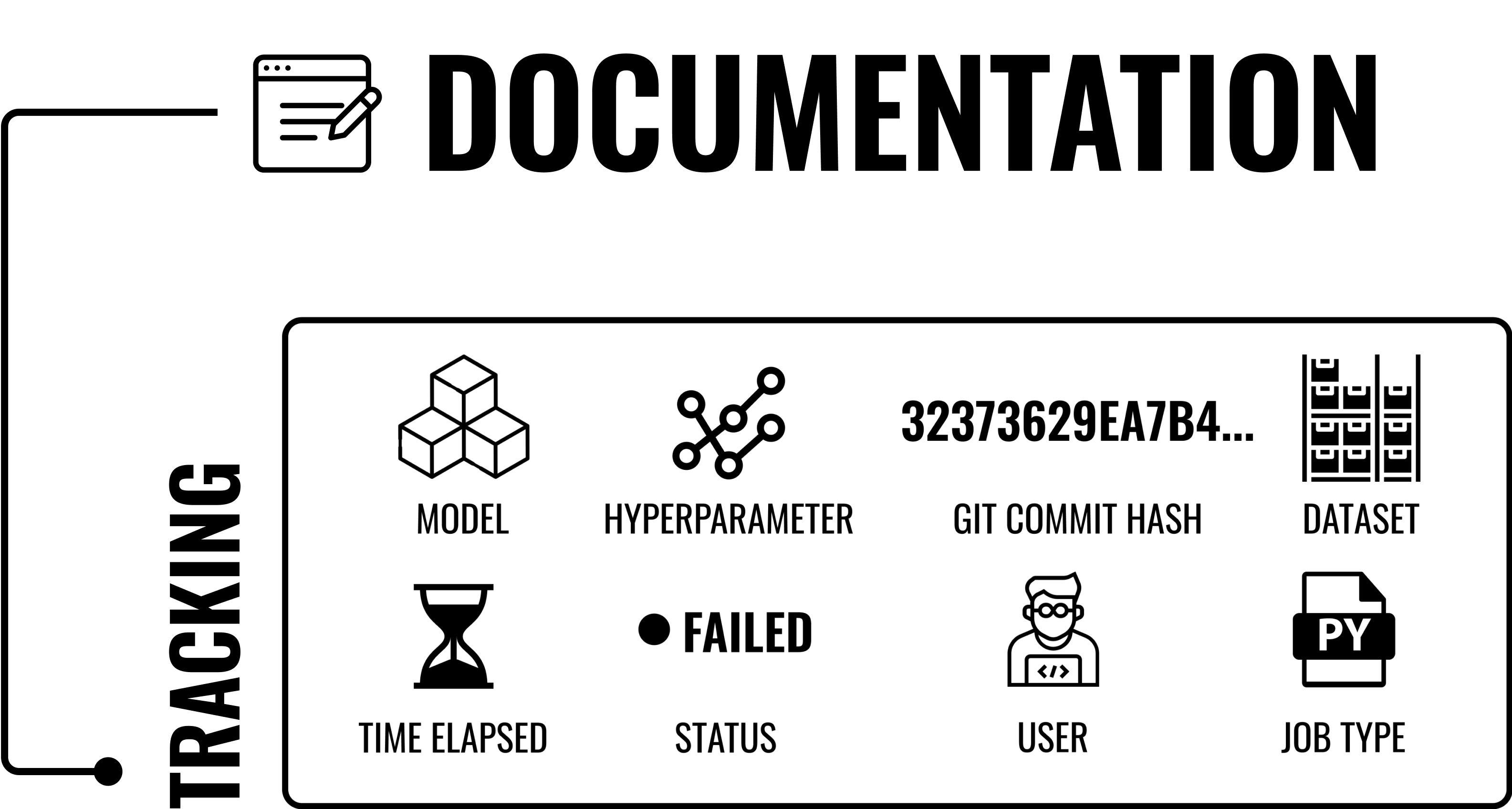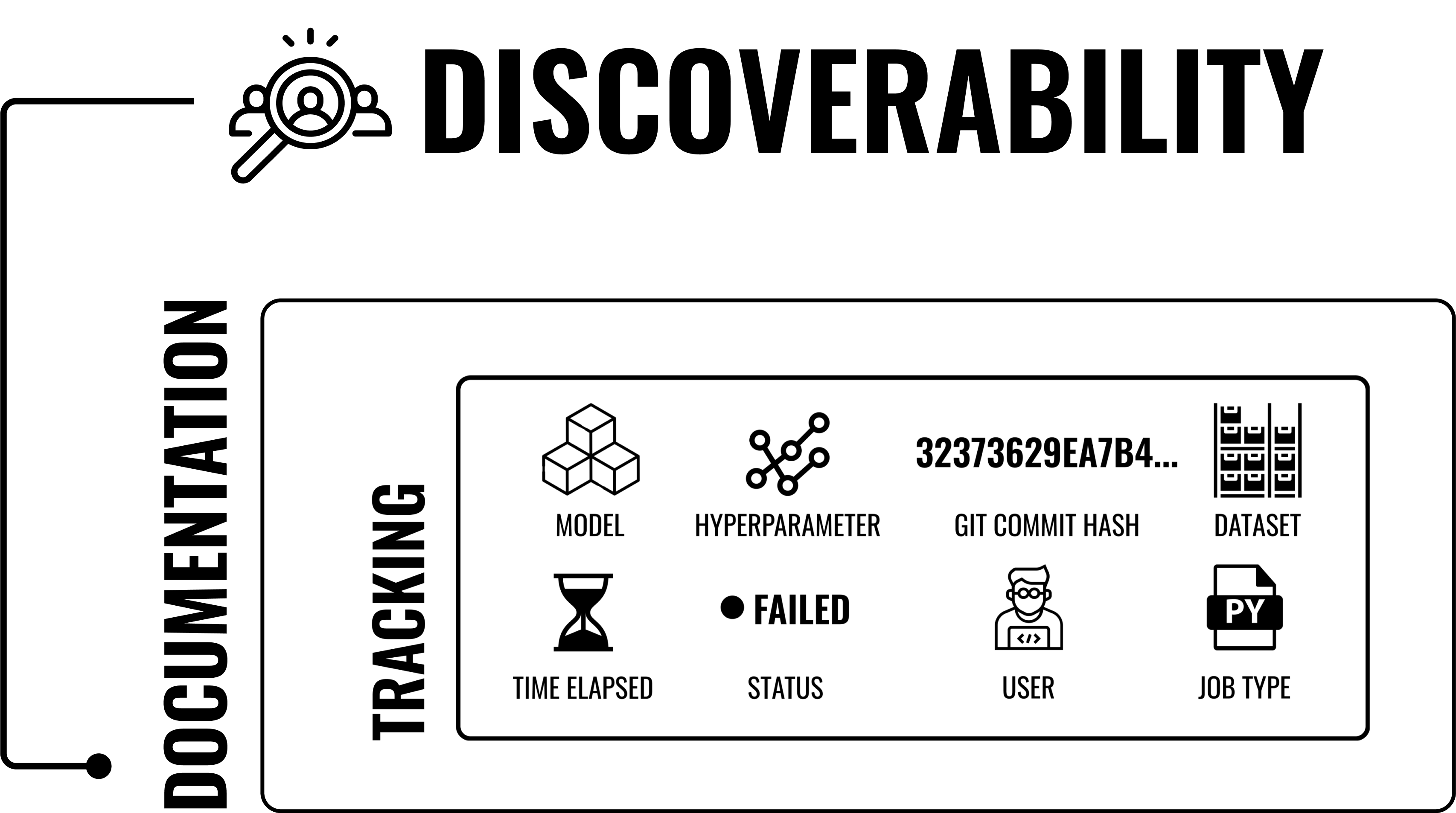DESIGN
May - Aug 2020
Overview
Based on our research findings and insights from spring semester, we generated storyboards, low-fidelity mockups, and a high-fidelity prototype to arrive at our final solution, TRACE.
Our final product Trace provides a seamless integration of different tools Bloomberg machine learning engineers do, improving on the three components, tracking, documentation, and discoverability.
Our final product Trace provides a seamless integration of different tools Bloomberg machine learning engineers do, improving on the three components, tracking, documentation, and discoverability.







